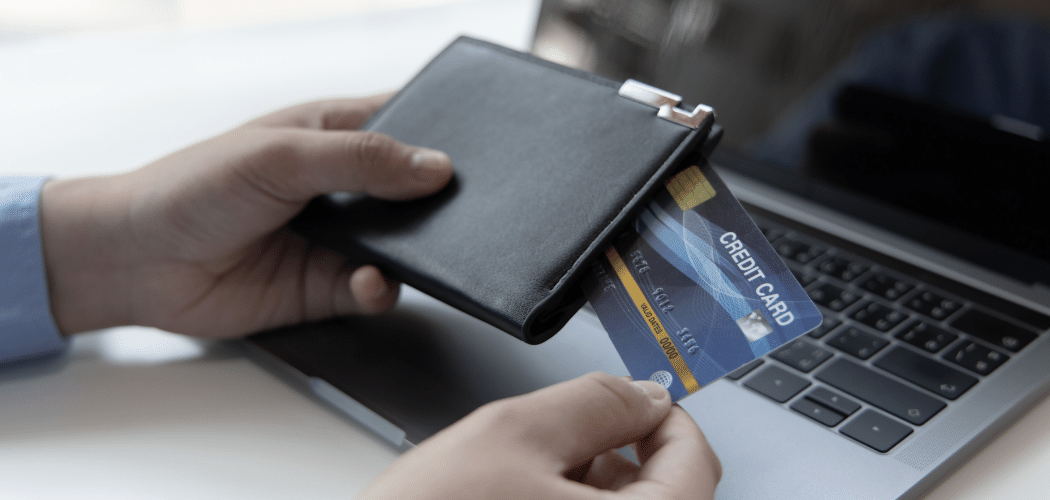 Given the margin pressure on retailers attempting to thrive in the age of Amazon, it's no surprise that many are either doubling down on loyalty marketing or exploring the option. Loyalty marketing best practice recommends that larger retailers roll out a new loyalty value proposition via test markets; doing so allows you to see customers react to the program, compare their behavior to those of customers in similar markets, and make an informed decision on whether or not to launch the program nationally. Discount retailer Target engaged in this best practice in five test markets. Last week, the retailer announced the end of the test and a phase-out of the program benefits. So what did they learn? By Rick Ferguson
Given the margin pressure on retailers attempting to thrive in the age of Amazon, it's no surprise that many are either doubling down on loyalty marketing or exploring the option. Loyalty marketing best practice recommends that larger retailers roll out a new loyalty value proposition via test markets; doing so allows you to see customers react to the program, compare their behavior to those of customers in similar markets, and make an informed decision on whether or not to launch the program nationally. Discount retailer Target engaged in this best practice in five test markets. Last week, the retailer announced the end of the test and a phase-out of the program benefits. So what did they learn? By Rick Ferguson
The mobile loyalty program, integrated with Target's Cartwheel mobile app, was being tested in Denver, Houston, Raleigh, San Diego, and St. Louis. Customers earned 10 points for every dollar spent in-store, excluding pharmacy and gift card purchases, and then could redeem those points in 5,000-point increments from a small catalog of 25 merchandise rewards, including sunglasses, apparel or household commodities ranging in value from $10-$20. Members could also find and select discounts on as many as 700 products in the app. Customers had responded favorable to Cartwheel, even without the loyalty program; RetailDive reported that 27 million customers had downloaded the app since its 2013 launch.
Fast forward to nearly a year later: Rather than expand the Cartwheel Perks program or roll it out to additional markets, Target instead sent an email last week to enrolled members advising them that the program would be discontinued altogether and the Cartwheel app folded into the main Target app. Members can earn points until August 27 and must redeem any available points by September 27.
"Creating simple, convenient and fun digital tools for Target guests means listening carefully to guest feedback and regularly making adjustments based on what we hear. That's why we've begun phasing out the pilot Cartwheel Perks program. We had many learnings about how to engage and reward guests that we plan to leverage in the future. We look forward to sharing more about exciting changes coming soon to the Cartwheel and Target apps."
The big question, of course, is why Target is ending the program rather than expanding it. While we can only speculate, history tells us that marketers usually shut down a loyalty beta when the program fails to deliver desired results. While it's possible that Target never intended Cartwheel Perks as more than a limited test, it's also unlikely that they would discontinue the program if it was really driving incremental behavior. If we assume that the program underperformed, then the question is why?
The funding rate appears to be around two to three percent, which is a little anemic; members had to spend $500 to redeem for rewards in the $10-$20 range. The limited redemption catalog of mostly uninspiring commodities may have also been less than motivating. So perhaps the retailer didn't observe any noticeable behavior change in the form of increased frequency or spend, and wasn't willing to sweeten the funding rate to make the rewards more enticing. Target actually hinted as much in response to a tweet from a disgruntled customer: “We have analyzed the impact of our perks program and decided to wind down Cartwheel perks. We're sorry for your disappointment.” Target spokesman Eddie Baeb also told The Charlotte News & Observer that the company won’t offer a “perks program for the foreseeable future.”
No one knows the real story but Target, and they aren't telling. Another key motivation for ending the Perks program appears to be Target's desire to roll the Cartwheel app into its main Target app.
Target VP of Digital Product Sean Murphy:
"We've heard one thing loud and clear from guests: 'Keep making it easier.' That's why we’re moving Cartwheel, our popular savings app, into the main Target app this summer. That means guests will have one place where they can map out their store trips, snag great Cartwheel deals on in-store purchases, check out Target's store and online assortments and, of course, make online purchases. We'll soon begin inviting Cartwheel app users (who've now saved close to $1 billion on their store purchases) to switch over to the Target app. Our goal for the updated app is to make shopping Target even better. We want to put the best of Target in the palm of guests' hands. Our job is to make it easy for guests, and we'll stay focused on that every day."
This blog post hints at another possibility driving the end of the Perks program: there's an ongoing debate among retailers as to whether delivering on CX is enough to build sustainable loyalty, or whether differentiated reward and recognition is required to build best-customer relationships. By folding Cartwheel into the Target app, it may be that the CX evangelists within Target carried the day over advocates of the loyalty program.
Again, we can't know for sure. Target has announced further enhancements to its Target app, in-store geolocation to help shoppers find Cartwheel offers while shopping, and a mobile payment option for REDcard holders who earn 5 percent cash-back on their purchases. These enhancements sound like a straight CX play, which places Target in line with Walmart rather than with CVS and Walgreen's, who have chosen to integrate their respective loyalty programs with mobile payments.
We'll get to see how all this plays out, of course. The one other downside to running beta tests in today's market is that, thanks to social media, it's now impossible to keep those test markets under the radar, and Cartwheel Perks members have been vocal about their displeasure at the program's impending demise. Will these loyal customers find the ease and convenience of the Target app enough to secure their loyalty? Stay tuned.
Rick Ferguson is Editor in Chief of the Wise Marketer Group.




